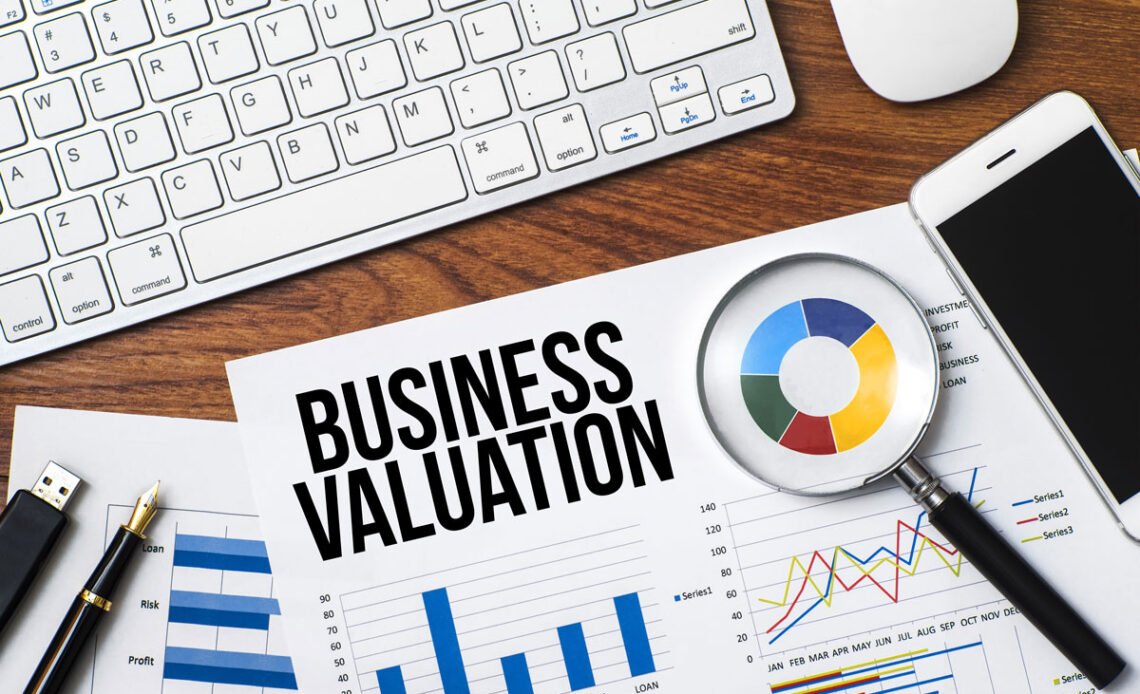
How do you value your business calculator? It’s difficult to put a price on something like this, especially when there are so many different models available with such diverse features and capabilities. Still, it’s important to know how much your business calculator is worth in order to avoid having to replace it on an emergency basis, or even worse, having it stolen and never replaced at all. Here’s a simple five-step guide that will help you value your business calculator correctly while also making sure you get the most out of it!
Step 1: Understand What You’re Buying
When you’re looking to buy a business, it’s important to understand what you’re actually buying. The first step is to identify the tangible and intangible assets of the business. Tangible assets are things like cash, inventory, and equipment. Intangible assets are things like customer goodwill, patents, and copyrights.
Step 2: Consider Alternative Investments
The How to Value a Business Calculator is designed to help you determine the value of a business. This can be helpful when you’re considering buying or selling a business, or when you’re trying to determine how much equity to give up in return for investment. The How to Value a Business Calculator may not provide accurate results if it’s used with data that doesn’t represent your company’s full range of operations.

Step 3: Get An Appraisal
The first step in valuing a business is to get an appraisal. This will give you an idea of the value of the business based on its current market value. The appraiser will take into account the size and location of the business, as well as its financial stability.
The appraiser will also check to see if there are any liens or pending lawsuits against the company, as these factors can also affect the worth of the company.
If there are no liens or pending lawsuits, they will set out what your current equity stake is in the company by dividing your total investment by total assets minus total liabilities.
Step 4: Perform Due Diligence
The final step in the process is to perform due diligence. This means that you need to investigate the business thoroughly before making an offer. You’ll want to look at things like the financials, the products or services offered, the competition, and the company’s overall reputation. By taking the time to do your due diligence, you can be sure that you’re making a sound investment. In addition, by performing due diligence you are likely to find some valuable information about the business which will help you negotiate with them for a better price.
Step 5: Use Valuation Models
The first step is to understand what you are trying to value. This will help you select the right valuation model. There are three main types of business valuation models: asset-based, market-based, and income-based.
The asset-based model looks at the value of the company’s assets. The market-based model looks at comparable companies that have been recently sold. The income-based model looks at the company’s future earnings potential.
